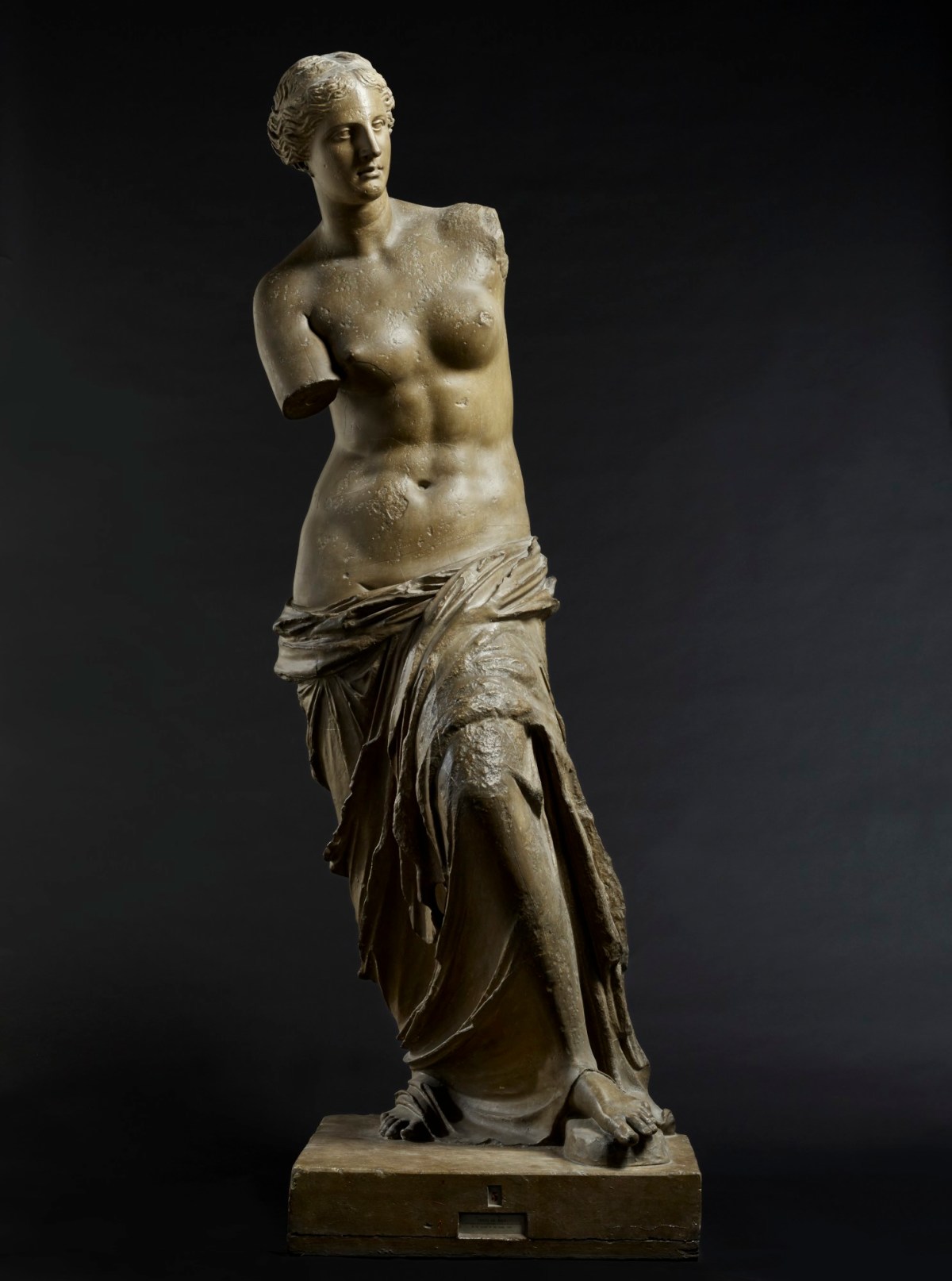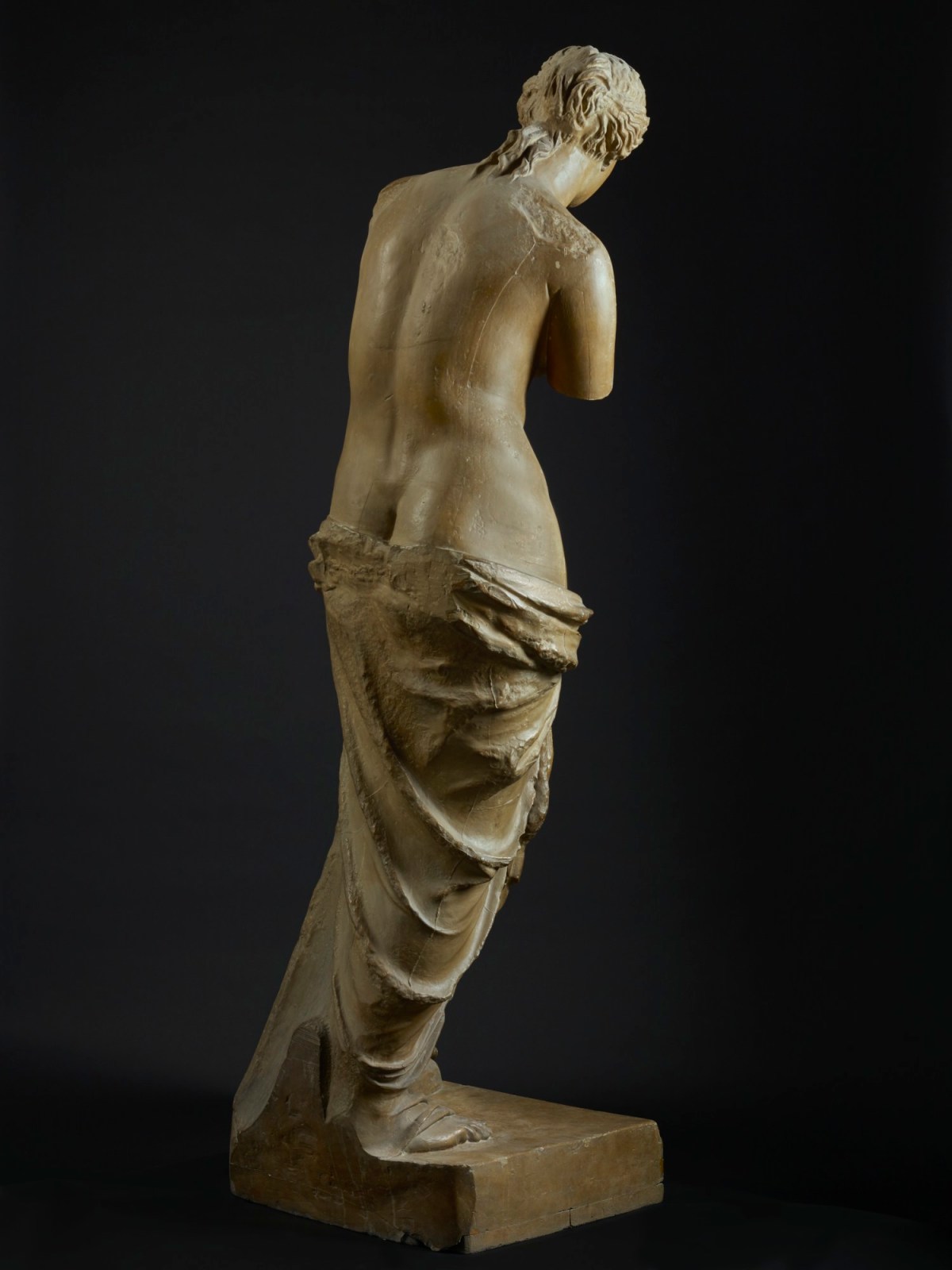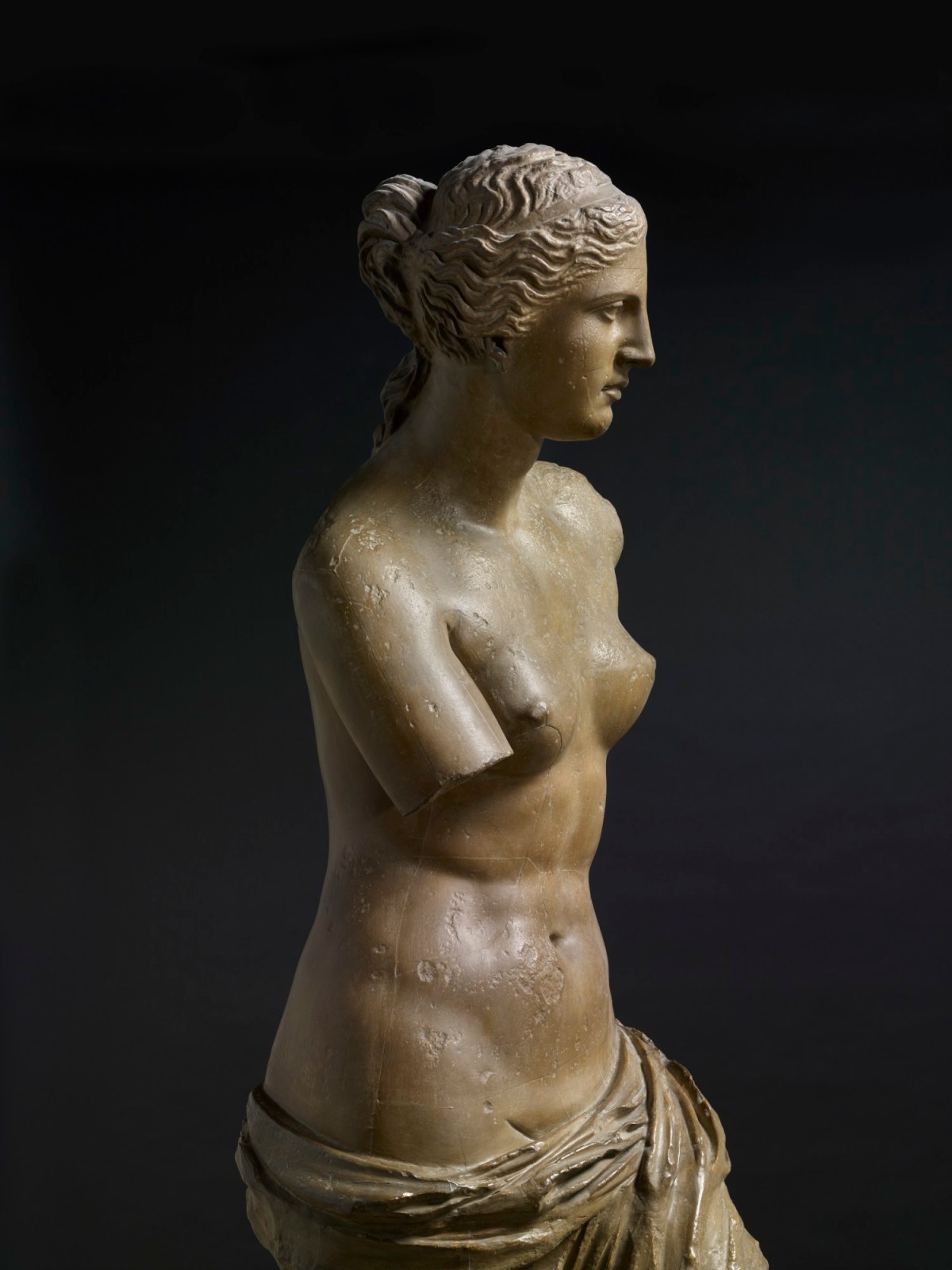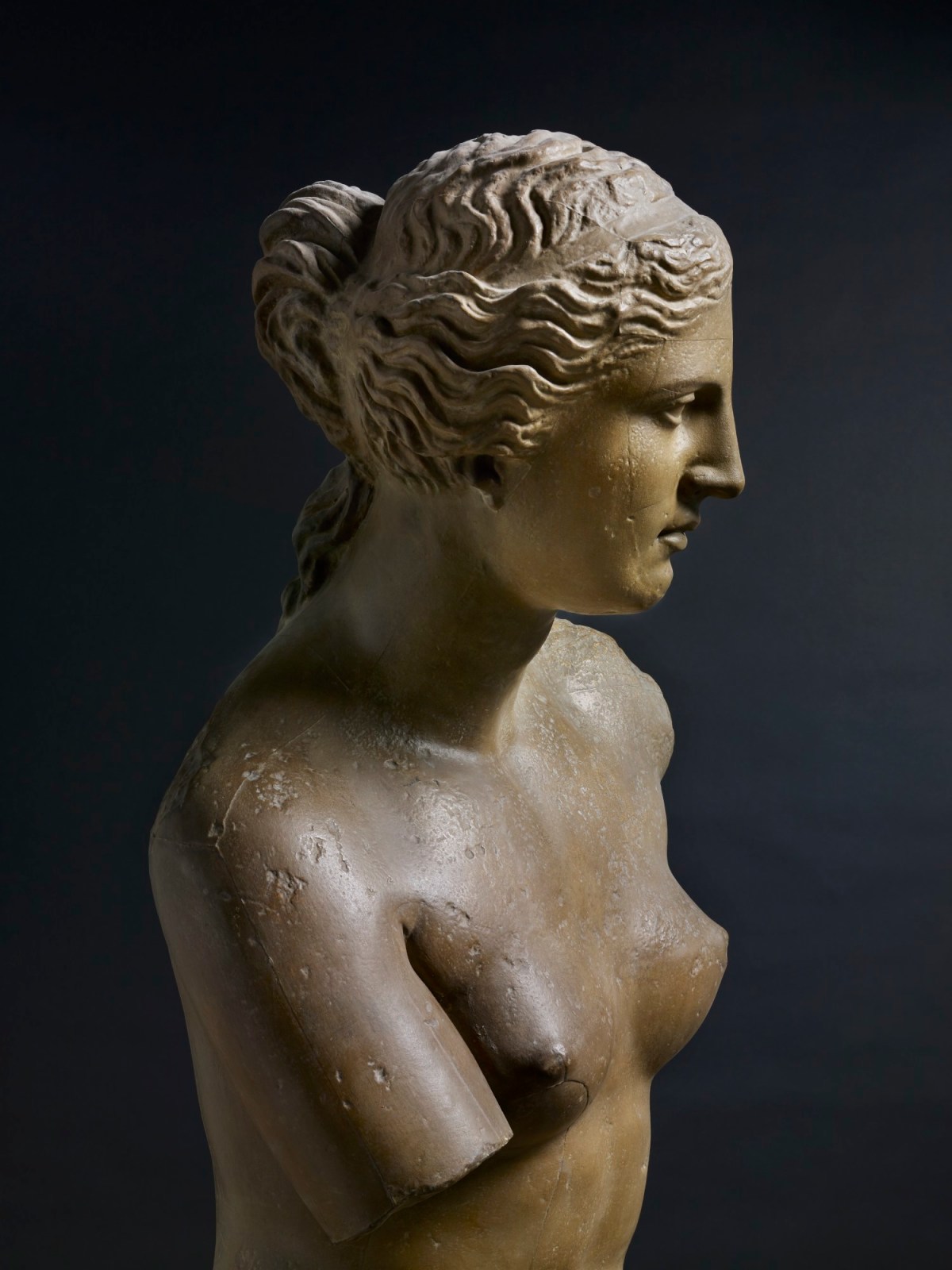
Unknown, Venus de Milo, 19th century.
Plaster cast. 2190 mm x 860 mm x 640 mm. © Photo: Royal Academy of Arts, London. Photographer: Paul Highnam.
This image is not available to download. To licence this image for commercial purposes, contact our Picture Library at picturelibrary@royalacademy.org.uk

Unknown, Venus de Milo, 19th century.
Plaster cast. 2190 mm x 860 mm x 640 mm. © Photo: Royal Academy of Arts, London. Photographer: Paul Highnam.
This image is not available to download. To licence this image for commercial purposes, contact our Picture Library at picturelibrary@royalacademy.org.uk

Unknown, Venus de Milo, 19th century.
Plaster cast. 2190 mm x 860 mm x 640 mm. © Photo: Royal Academy of Arts, London. Photographer: Paul Highnam.
This image is not available to download. To licence this image for commercial purposes, contact our Picture Library at picturelibrary@royalacademy.org.uk

Unknown, Venus de Milo, 19th century.
Plaster cast. 2190 mm x 860 mm x 640 mm. © Photo: Royal Academy of Arts, London. Photographer: Paul Highnam.
This image is not available to download. To licence this image for commercial purposes, contact our Picture Library at picturelibrary@royalacademy.org.uk
Venus de Milo, 19th century
After Unknown
RA Collection: Art
On free display in The Julia and Hans Rausing Hall
This is a plaster cast of the Venus de Milo, a classical statue excavated on the Greek island of Melos in 1820. It was acquired soon afterwards by the French, who presented it to Louis XVIII as a present. He in turn gave it to the Louvre where it has remained since 1821.
The Venus de Milo arrived at the Louvre soon after the Venus de’ Medici returned to Italy, having been briefly brought to France during the Napoleonic Wars. Unsurprisingly the sculpture was celebrated in France as superior to that which it had recently lost, but it was also celebrated abroad: a cast of the Venus de Milo was set up in the Berlin Academy in 1822 and the British gave a cast of the statue pride of place in the Greek court of the Crystal Palace.
As for the sculptor of the original, a block was found near the sculpture inscribed with the signature ‘…andros of Antioch on the Maeander’, although any connection between this artist and the Venus de Milo itself was disputed by those who wished to claim it as the work of the celebrated sculptor Praxiteles.
Further reading
Francis Haskell and Nicholas Penny, Taste and the Antique (London and New Haven: Yale University Press, 1981, pp.328-330
Supported by Louisa Service OBE




